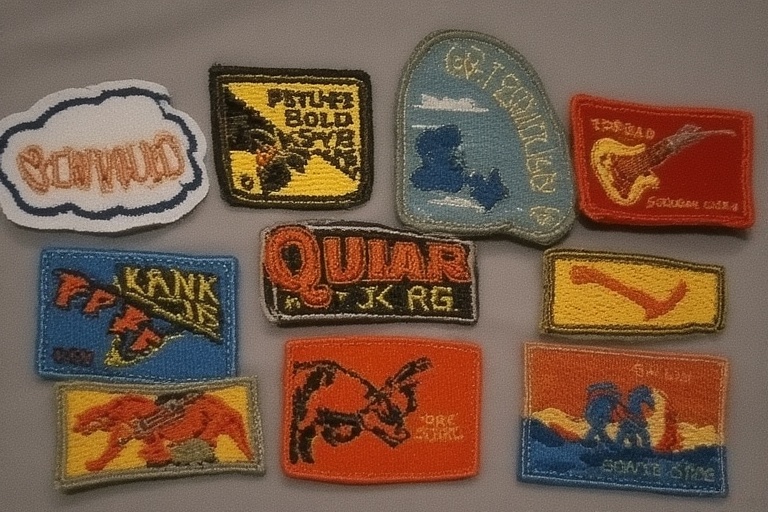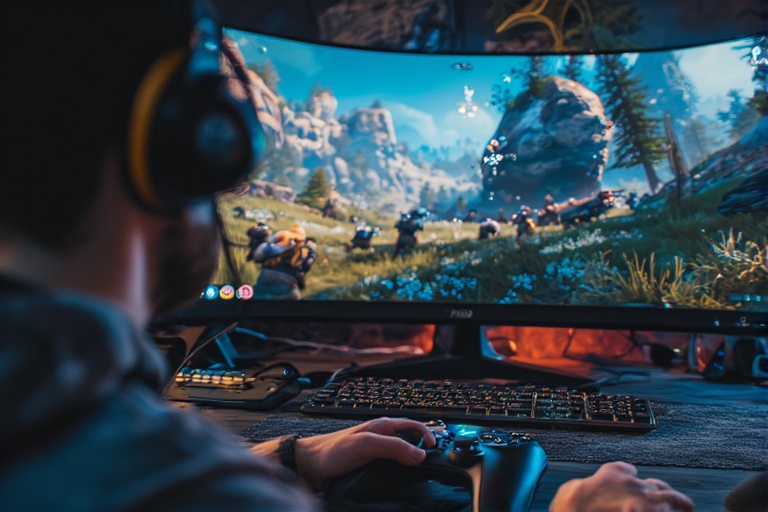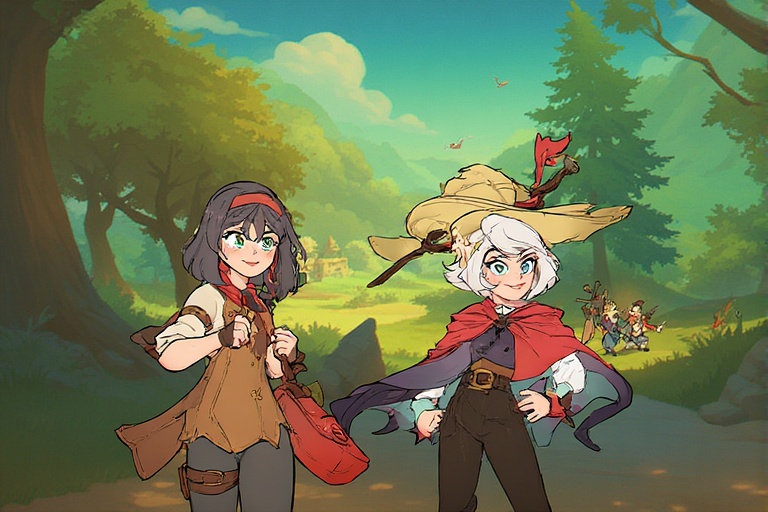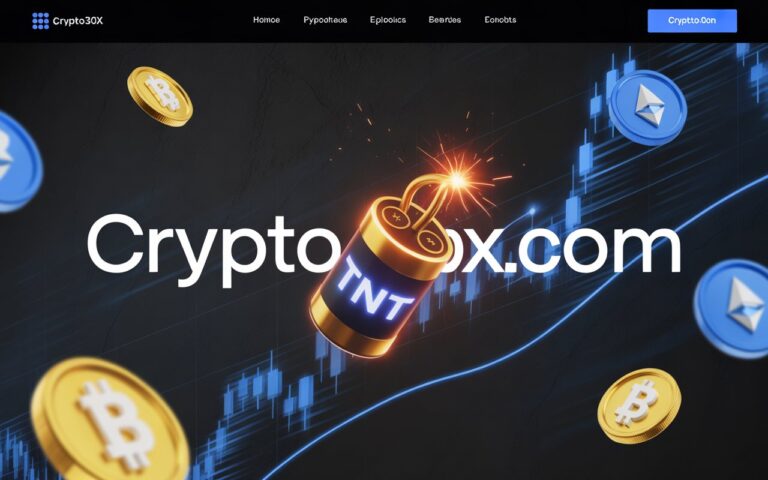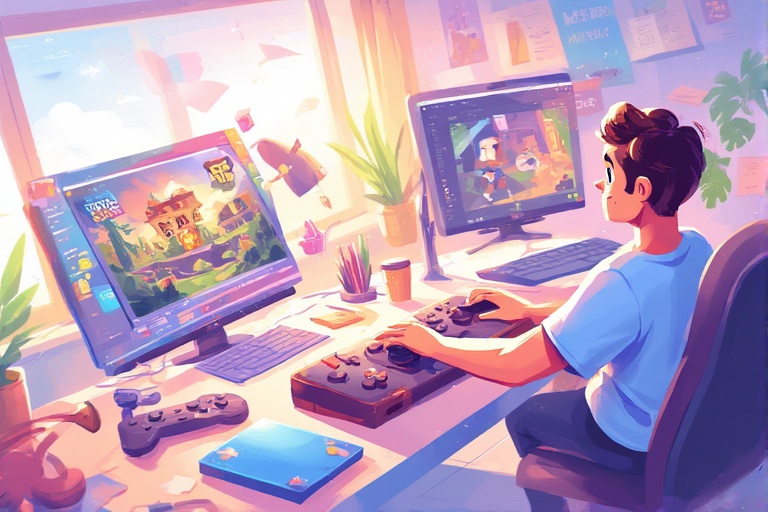
the Exciting World of Gamegraphic
The world of Gamegraphic bursts with creativity, innovation, and endless possibilities. It’s where imagination meets technology, crafting breathtaking gaming experiences. From stunning visuals to intuitive design tools, Gamegraphic revolutionizes how developers and players interact with games. Ready to explore this dynamic realm? Let’s dive in!
What Is Gamegraphic? A Gateway to Game Design
Gamegraphic represents a fusion of advanced game design tools and visually spectacular graphics. It empowers creators to build immersive worlds. Whether you’re a seasoned developer or a passionate beginner, Gamegraphic offers accessible, powerful solutions. Consequently, it transforms ideas into reality with ease.
This platform combines user-friendly interfaces with robust features. Developers can craft detailed environments, characters, and narratives. Moreover, Gamegraphic’s versatility suits various genres, from action-packed adventures to serene simulations. Thus, it’s a go-to choice for innovative game creation.
Why Gamegraphic Stands Out in Game Development
Gamegraphic shines due to its unique blend of accessibility and sophistication. Unlike traditional platforms, it prioritizes user experience. For instance, its drag-and-drop functionality simplifies complex processes. As a result, creators focus on storytelling rather than technical hurdles.
Additionally, Gamegraphic supports cross-platform development. This ensures games run smoothly on consoles, PCs, and mobile devices. Furthermore, its real-time rendering capabilities deliver stunning visuals. Therefore, developers achieve professional-grade results without excessive effort.
The Power of Visuals in Gamegraphic
Visuals define the gaming experience, and Gamegraphic excels here. Its advanced rendering engines produce lifelike graphics. Consequently, players feel immersed in vibrant worlds. From lush forests to futuristic cities, every detail captivates.
Moreover, Gamegraphic offers customizable shaders and lighting effects. These tools allow developers to create unique atmospheres. For example, a horror game can feature eerie shadows, while a fantasy title boasts glowing landscapes. Thus, creativity knows no bounds.
Key Features of Gamegraphic for Developers
Gamegraphic’s feature-rich environment sets it apart. First, its intuitive interface streamlines workflows. Developers can prototype rapidly, saving time. Additionally, built-in asset libraries provide pre-designed elements. This reduces development costs significantly.
Furthermore, Gamegraphic supports multiplayer integration. Creators can build seamless online experiences. Also, its AI-driven tools assist in automating repetitive tasks. As a result, developers focus on refining gameplay, enhancing overall quality.
How Gamegraphic Enhances Player Experience
Players benefit immensely from Gamegraphic’s capabilities. Its optimized engines ensure smooth performance. Consequently, lag and glitches are minimized. Additionally, Gamegraphic’s adaptive AI creates dynamic interactions. For instance, NPCs respond realistically to player actions, boosting immersion.
Moreover, Gamegraphic supports modding communities. Players can customize games, adding personal touches. This fosters engagement and replayability. Therefore, Gamegraphic delivers not just games but memorable experiences.
Getting Started with Gamegraphic: A Beginner’s Guide
Starting with Gamegraphic is straightforward. First, download the platform from its official source. Next, explore tutorials for hands-on learning. Additionally, community forums offer valuable tips. Thus, beginners quickly grasp the basics.
Furthermore, Gamegraphic provides templates for various genres. These accelerate the learning curve. For example, a racing game template includes pre-set physics. As a result, new developers create polished prototypes effortlessly.
Gamegraphic for Indie Developers: A Game-Changer
Indie developers thrive with Gamegraphic’s affordability and flexibility. Unlike costly traditional engines, it offers budget-friendly plans. Consequently, small teams compete with industry giants. Moreover, its open-source components encourage collaboration.
Additionally, Gamegraphic’s marketplace connects developers with artists. This streamlines asset acquisition. For instance, a solo developer can purchase high-quality models. Thus, Gamegraphic empowers indie creators to shine.
The Role of Community in Gamegraphic’s Success
The Gamegraphic community drives its innovation. Developers share assets, code, and feedback. Consequently, the platform evolves rapidly. For example, user-created plugins enhance functionality. This collaborative spirit fosters growth.
Furthermore, regular updates incorporate community suggestions. This ensures Gamegraphic remains relevant. Also, online events like hackathons inspire creativity. Therefore, the community is a cornerstone of Gamegraphic’s success.
Gamegraphic and the Future of Gaming
Gamegraphic is shaping gaming’s future. Its focus on accessibility democratizes development. As a result, diverse voices create unique games. Additionally, its support for emerging technologies like VR is promising. Thus, Gamegraphic stays ahead of trends.
Moreover, its scalability suits both small and large projects. For instance, AAA studios use it for blockbuster titles. Meanwhile, hobbyists craft personal passion projects. Consequently, Gamegraphic bridges all levels of expertise.
Tips to Master Gamegraphic for Stunning Results
Mastering Gamegraphic requires practice and strategy. First, experiment with its tools regularly. This builds familiarity. Additionally, study successful games for inspiration. For example, analyze their lighting techniques.
Furthermore, join community challenges to hone skills. These provide constructive feedback. Also, optimize assets for performance. This ensures smooth gameplay. As a result, your projects will stand out.
Common Challenges and How to Overcome Them
Every platform has challenges, and Gamegraphic is no exception. For instance, beginners may struggle with advanced features. However, tutorials simplify complex concepts. Additionally, optimizing for multiple platforms can be tricky.
To overcome this, test games thoroughly. Also, leverage community forums for solutions. For example, a bug in multiplayer code can be resolved through shared fixes. Thus, persistence pays off.
Why Choose Gamegraphic Over Other Platforms?
Gamegraphic’s balance of power and simplicity sets it apart. Unlike competitors, it minimizes learning curves. Consequently, developers save time. Moreover, its cost-effectiveness appeals to budget-conscious creators.
Additionally, its focus on visuals rivals high-end engines. For instance, its rendering matches industry standards. Also, frequent updates ensure reliability. Therefore, Gamegraphic is a top choice for creators.
Integrating Gamegraphic with Other Tools
Gamegraphic integrates seamlessly with popular tools. For example, it supports Blender for 3D modeling. This streamlines asset creation. Additionally, compatibility with coding platforms like Visual Studio enhances workflows.
Furthermore, Gamegraphic connects with analytics tools. Developers track player behavior effectively. As a result, they refine games based on data. Thus, integration boosts efficiency and quality.
Gamegraphic’s Impact on the Gaming Industry
Gamegraphic is transforming the industry. Its accessibility empowers new talent. Consequently, unique games flood the market. Additionally, its focus on visuals raises industry standards.
Moreover, Gamegraphic’s community-driven updates foster innovation. For instance, new features often stem from user feedback. Also, its affordability levels the playing field. Therefore, Gamegraphic is a game-changer.
FAQs About Exploring the World of Gamegraphic
What makes Gamegraphic different from other game engines?
Gamegraphic combines user-friendly design with powerful features. It offers stunning visuals, cross-platform support, and affordable plans. Consequently, it suits both beginners and professionals, making game development accessible.
Can beginners use Gamegraphic effectively?
Absolutely! Gamegraphic provides tutorials, templates, and community support. These resources simplify learning. As a result, beginners can create polished games without prior experience.
Does Gamegraphic support multiplayer games?
Yes, Gamegraphic excels in multiplayer integration. Its tools enable seamless online experiences. Additionally, community plugins enhance functionality, ensuring smooth gameplay for players.
Is Gamegraphic suitable for indie developers?
Definitely! Gamegraphic’s affordability and flexibility empower indie creators. Its marketplace and open-source components help small teams produce high-quality games efficiently.
Conclusion: Start Your Gamegraphic Journey Today
Exploring the world of Gamegraphic unveils a universe of creativity. Its powerful tools, stunning visuals, and supportive community make it ideal for developers. Whether you’re a beginner or a pro, Gamegraphic empowers you to craft unforgettable games. So, dive in, experiment, and create your masterpiece. Start your Gamegraphic adventure now!
